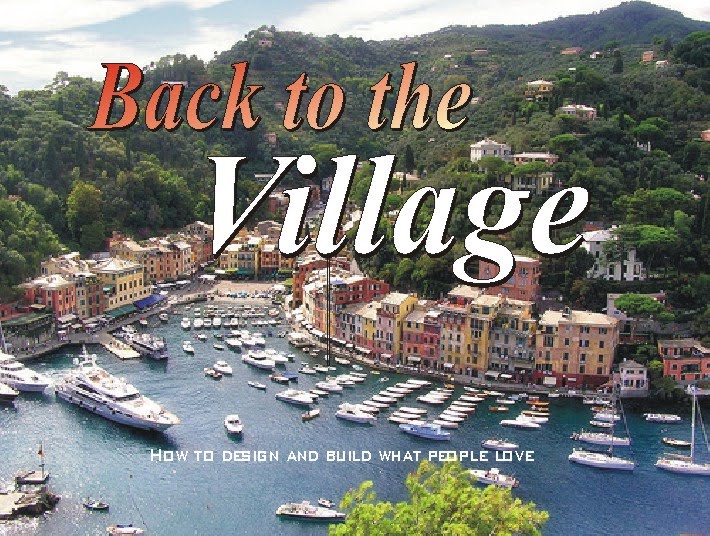Pienza represents the so-called utopia of the "civitas" cherished by utopian thinkers for centuries.
Pienza's location in the center of the beautiful Val d'Orcia, a wonderful and untouched valley, helps the town to embody the fundamental principle that humanistic architecture attempted to incorporate - the balanced relationship between man and nature.
 The center of Pienza was completely redesigned by Pope Pius II, He transformed his birthplace into a model Renaissance town. The architect Bernardo Rossellino was commissioned to build a Duomo, papal palace and town hall, and the construction was completed in three years.
The center of Pienza was completely redesigned by Pope Pius II, He transformed his birthplace into a model Renaissance town. The architect Bernardo Rossellino was commissioned to build a Duomo, papal palace and town hall, and the construction was completed in three years.Access to the town is achieved trough two arched portals, one on the west and one on the east. Notice cars and trucks do not enter the village at all!
Corso Rossellino, a pedesrtian walkway no more than 20 feet or 6 meters wide, connects the two portals. You can reach the other end in about five minitutes. This is from where I suspect, the New Urbanisism movement's famous 5-minute walk concept was derived. Notice the diagonal paving stones that make the street look wider than it is.
The narrowness of the walking street causes it to be bathed in cooling shadows under a hot Tuscan sun.
Many little side streets branch off to the sides from Corso Rossellino which is the main spine of the village.
Soon one reaches the heart of town as the Corso Rosellini suddenly widens out to form the centrally placed Piazza Pio II. Notice too how the pedestrian street changes direction, cleverly reducing the the feeling of it being one long narrow hallway.
The piazza is surrounded by the important buildings of the town, the duomo or cathedral, some palaces , and a tall tower and a well.
The Duomo dominates the piazza. This of course is where the villagers will gather as a community to celebrate social events.
The piazza is also graced with a loggia, or covered space open to the street. This concept is often used in Italian urban design an provides a temporary less exposed retreat in hot or rainy weather. It also functions as a portico to the municipal offices.
Notice the tower is here attached to a non-religious building indicating the competition for power between church and state.
City officials seem to have always believed that they were more important than God!
A restaurant on the piazza? Not a bad idea at all and one that was copied so many times over all over the world.
Simple store fronts sometimes reveal surprising interiors.
Like this one inside a pottery shop.
A few more flowers like these would make this vilage less austere.
A restaurant on the piazza? Not a bad idea at all and one that was copied so many times over all over the world.
Simple store fronts sometimes reveal surprising interiors.
Like this one inside a pottery shop.
A few more flowers like these would make this vilage less austere.
Yes, here they are in small square down a side street.
Passing through Palazzo Piccolomini one is greeted by these palace garden and the spectacular view!
Lessons from Pienza:
Provide your development with all the characteristics of a true urban village.
1. A Pedestrian only core and spine with defined portals or access points.
2. A central piazza with its associated important social structures.
3. Shops along the spine and main eating places around the piazza.
4. An easy walk to anywhere in town.
Images:
1) Man_giu 2)BagnoV 3)volny.cz 4)Islandsun 5)nzdart 6)Unknown 7)kekoa 8)Colonialvoyage 9)nccangio 10)Max Pierfederichi 11)Bepix 12)Villa Pogiano 13)Colonialvoyage 14)Skytraveller 15)ikjh.org 16)Max Pierfederichi 17)tony1946 18)truk.cxom 19)Islandsun 20)Skytraveller 21)Danila Agnanioli 22)specialKRB 23)pienza.com


















No comments:
Post a Comment